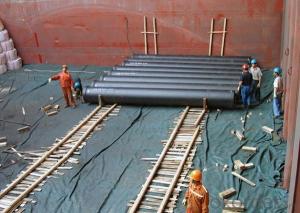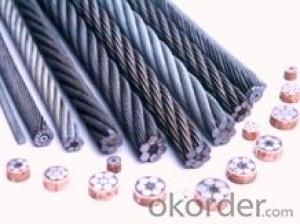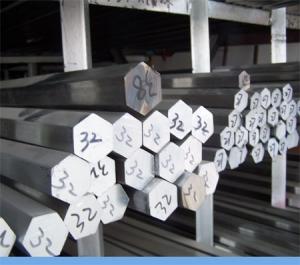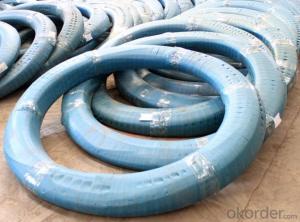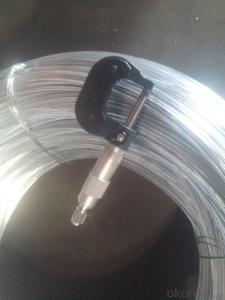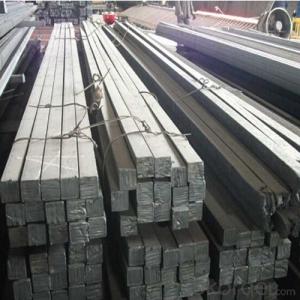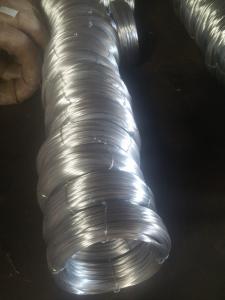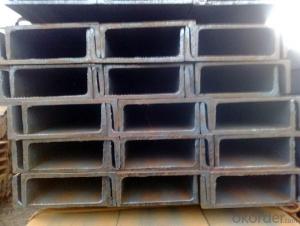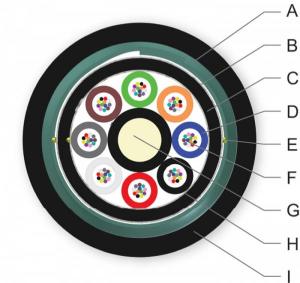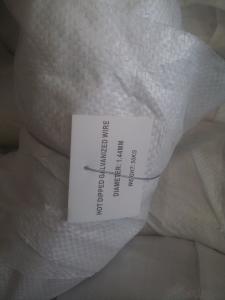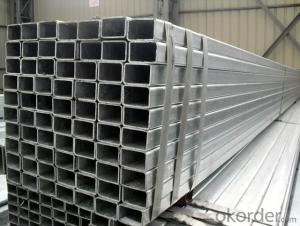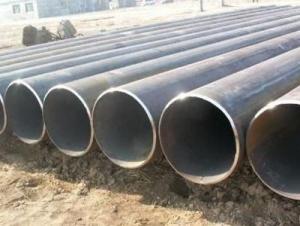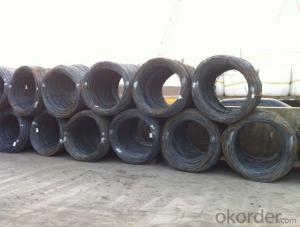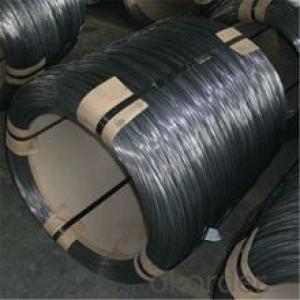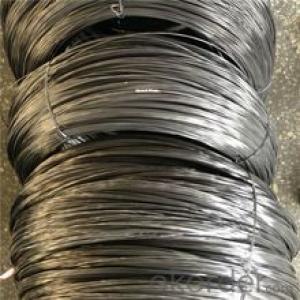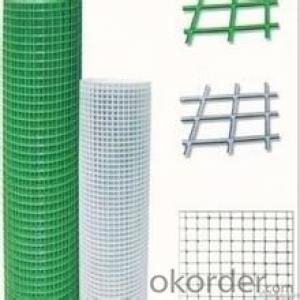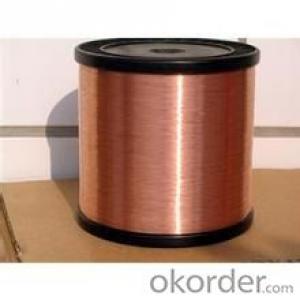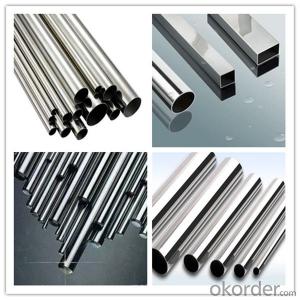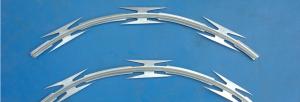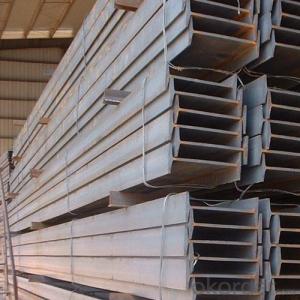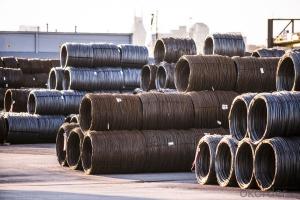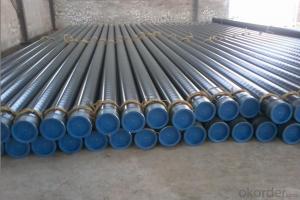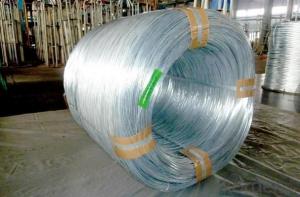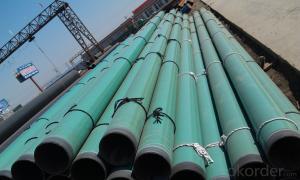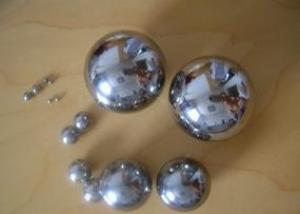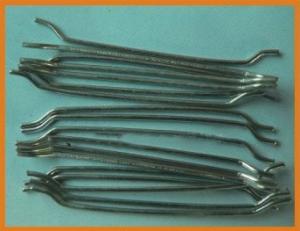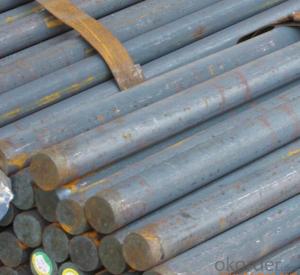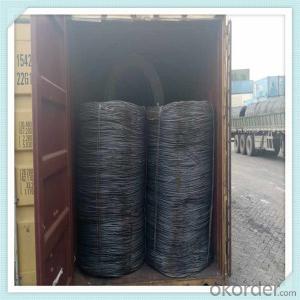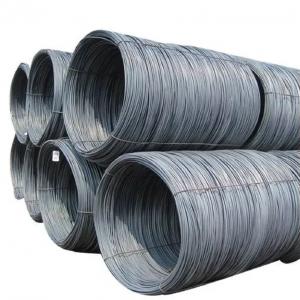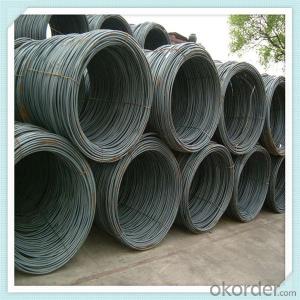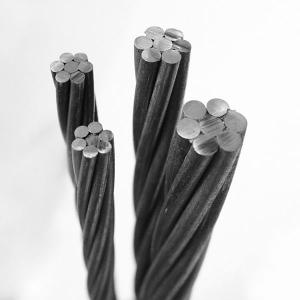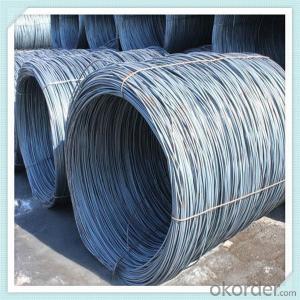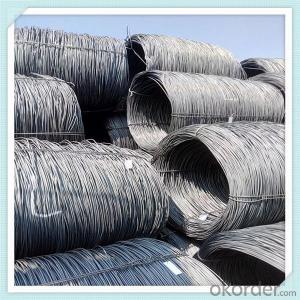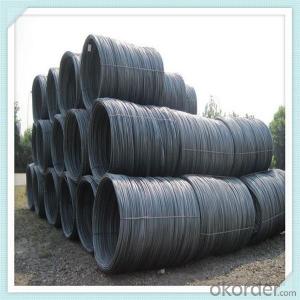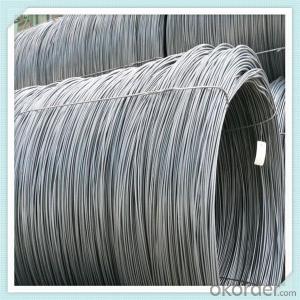6Mm Steel Wire
6Mm Steel Wire Related Searches
1Mm Steel Wire 6 Stainless Steel Pipe 6mm Aluminum Plate 16g Stainless Steel Wire 6 Stainless Steel Chimney Liner 16 Gauge Stainless Steel Wire Stainless Steel 16 Gauge Wire Stainless Steel Wires Stainless Steel Tie Wire 6x6 Aluminum Plate Stainless Steel Jewellery Wire Stainless Steel Mig Wire 6 Aluminum Mesh 6 Aluminum Plate 6 Inch Dryer Vent Hose Stainless Steel Wire Uk 14 Gauge Stainless Steel Wire Stainless Steel Wire Wheel 9mm Stainless Steel 16 Gauge Sheet Steel 6 Inch Round Aluminum Plate Fine Mesh Wire 6 Ductile Iron Pipe Price Stainless Steel Wire Shelving Stainless Steel Wire Fence Wire Mesh Stainless Steel 6kw Solar Inverter Wire Rod Steel 2 Inch Stainless Steel Pipe Stainless Steel Wire Grid6Mm Steel Wire Supplier & Manufacturer from China
6Mm Steel Wire, a versatile and robust product, is known for its strength and durability. This product is widely used in various industries, including construction, automotive, and manufacturing, where high tensile strength and resistance to wear are essential. The 6Mm Steel Wire is specifically designed to meet the demands of these sectors, ensuring reliable performance in challenging environments. Okorder.com, a reputable wholesale supplier, offers a vast inventory of 6Mm Steel Wire to cater to the needs of businesses and individuals alike. By partnering with Okorder.com, customers can access a comprehensive range of 6Mm Steel Wire products, ensuring that they receive high-quality materials at competitive prices.Hot Products


